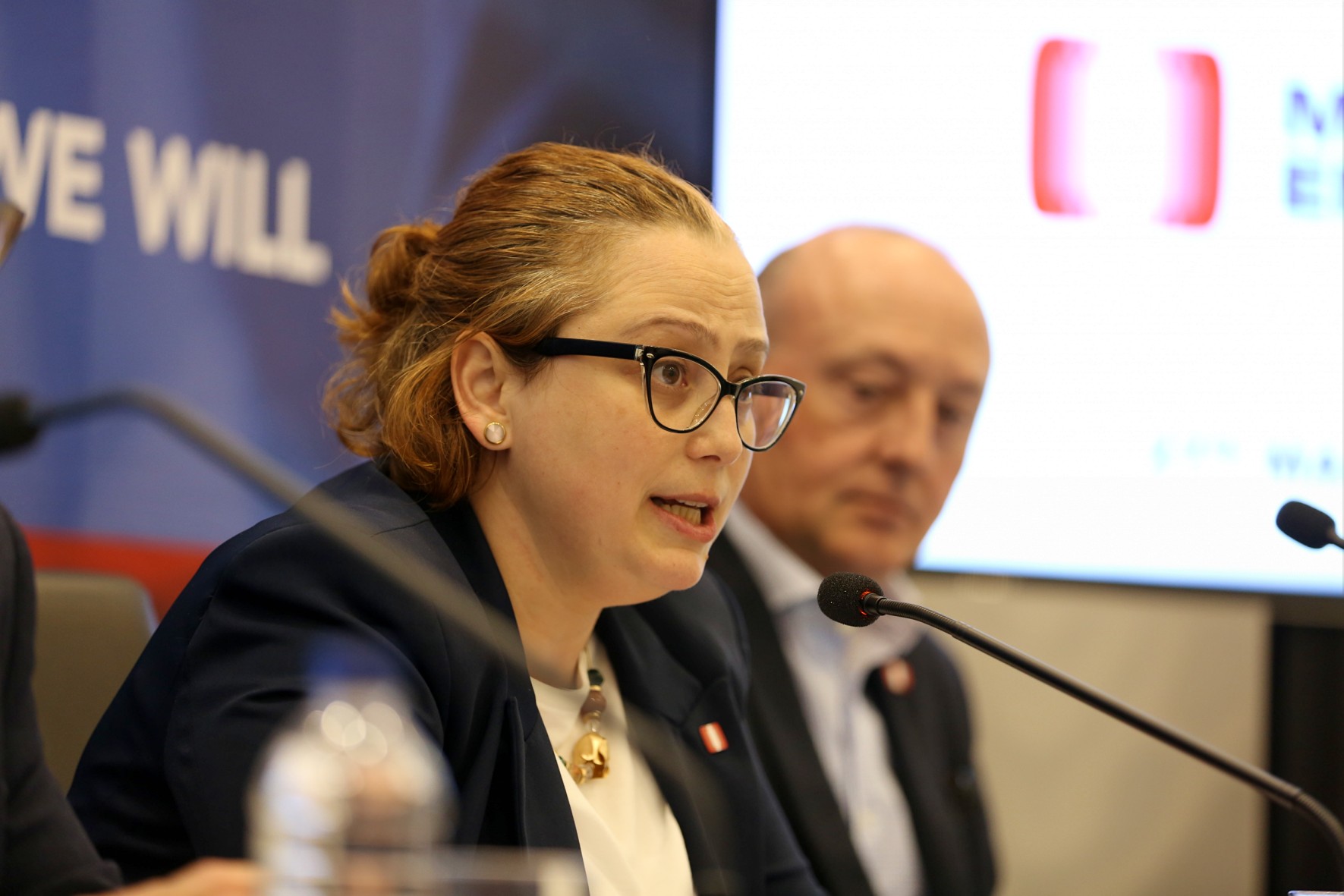A study into increasing health care costs found that the survival probability for patients increased by 2.5 percentage points for those with diseases being studied, with a better survival rate for some diseases such as heart attacks and strokes, and an even higher one for others such as cancer.
The results of the study were presented by Professor Mauro Laudicella who was addressing a webinar organised by the Central Bank of Malta entitled “Age, morbidity or something else? A residual approach using microdata to measure the impact of technological progress on health care expenditure”, organised by the Bank’s Economics department.
Prof Laudicella pointed out that the improved survival probability may seem small “but is actually a remarkable development when you consider that it occurred over a time span of only eight years, and it benefitted over one million people in the study”.
The amount of disease in a population and people’s age accounted for 40 per cent of the increase in health care costs – with the remaining 60 per cent due to technological progress, according to the results of the research presented.
The cost of providing health care has been growing rapidly in high-income countries and is doing so faster than can be explained by just demographic growth and an ageing population.
One of the objectives of the study was to evaluate how much of the increasing costs were due to individuals living longer thanks to new technology and medical practice, and how much was due to innovation driving up the cost of providing health services.
In other words, is technological progress and its success in saving the lives of patients in part responsible for increasing health care costs? And is the cost of providing health care going up because people get older and sicker, or because new and more expensive technologies are available to older and sicker people over time?
The study was carried out in Denmark among people aged over 50 who had been admitted to hospital as an emergency between 2005 and 2014, with those being admitted within the past five years excluded to reduce effects based on past exposure that could have swayed the results. Over that time window, the cost of hospital care had gone up by 16.90 percentage points – over €2,500 on average per patient – but with different results for different diseases.
The research was carried out jointly by Prof. Laudicella and three other researchers and funded by the EU’s Horizon 2020 programme under the Marie Sklodowska-Curie grant No. 832513.
Prof Laudicella is a professor in health economics at the Danish Centre for Health Economics, at the University of Southern Denmark.
The presentation and a recording of the event are available here.
The Malta Chamber elects William Spiteri Bailey as its 73rd President
He emphasises a vision for a resilient, innovative, and inclusive economy
Malta records highest immigration rate in the EU for 2023, as bloc sees overall decline in newcomers
These statistics come as the EU registered a drop in overall immigration in 2023
Malta Employers 60th AGM sheds light on future direction and reinforces commitment to good governance
A major focal point of the AGM was the importance of good governance in the country’s economic and regulatory landscape






